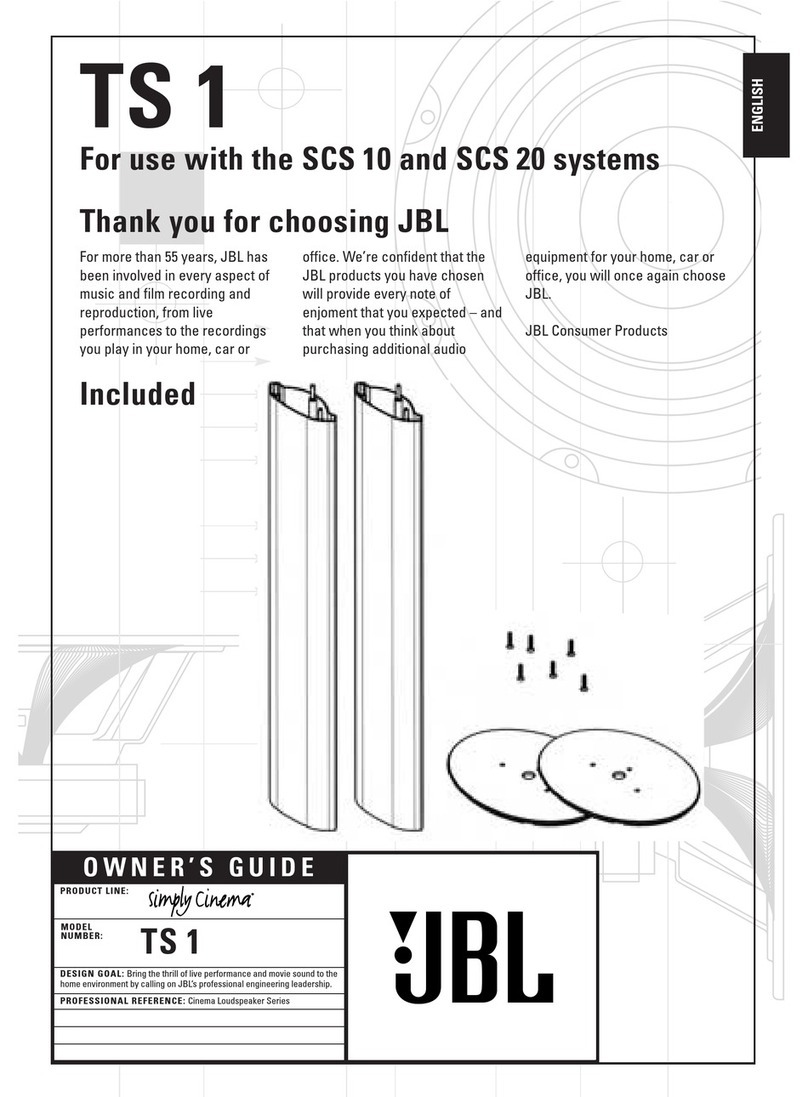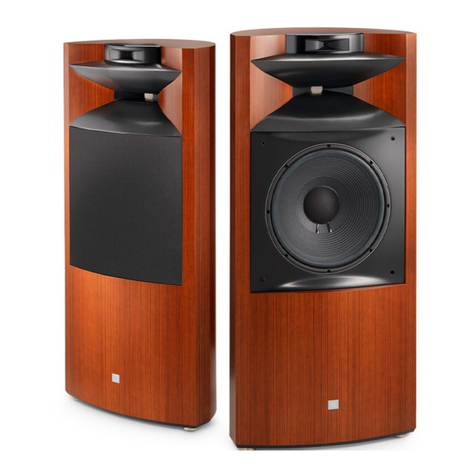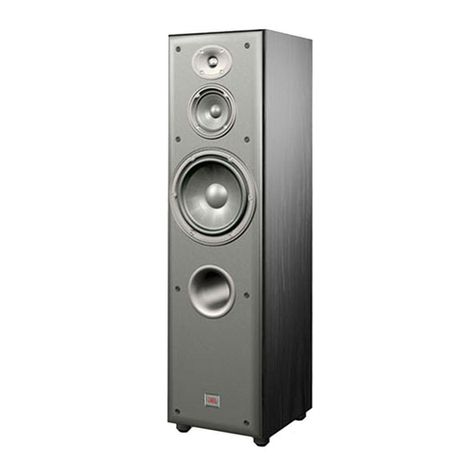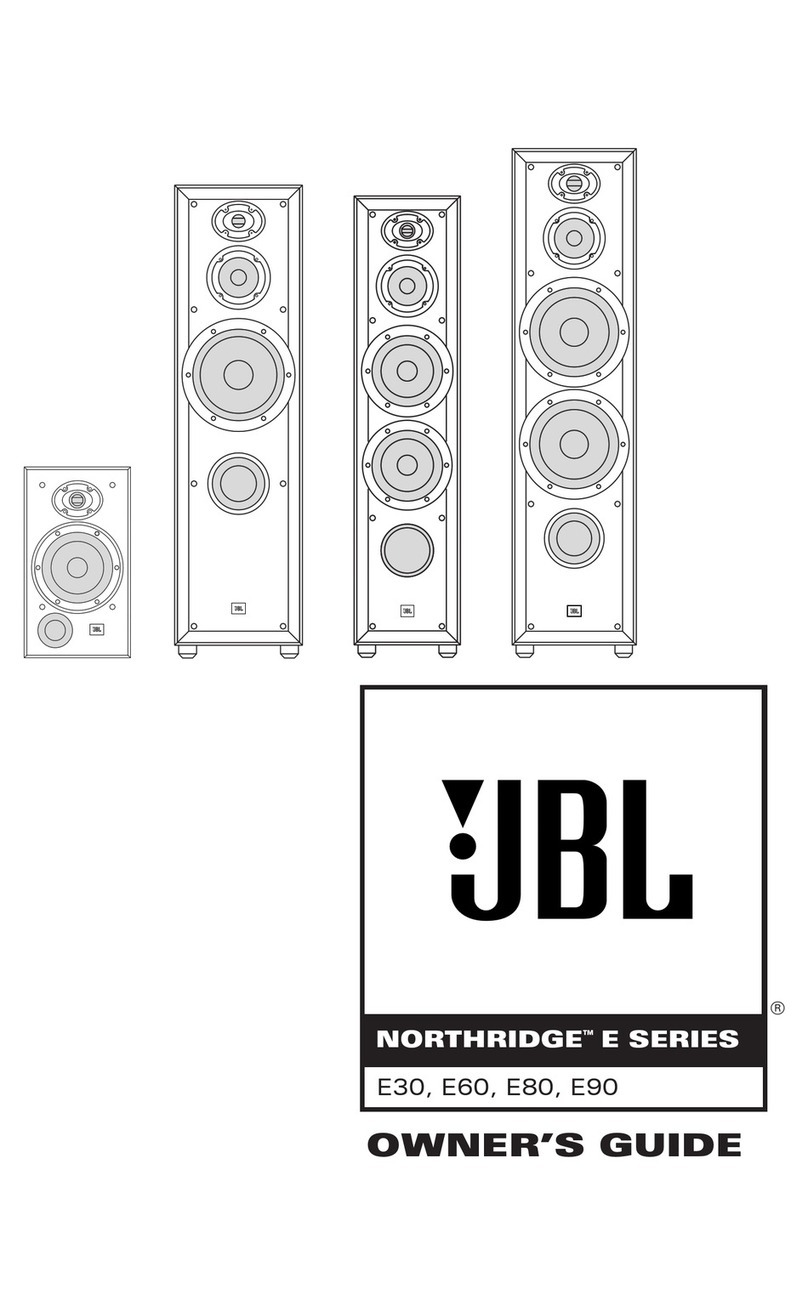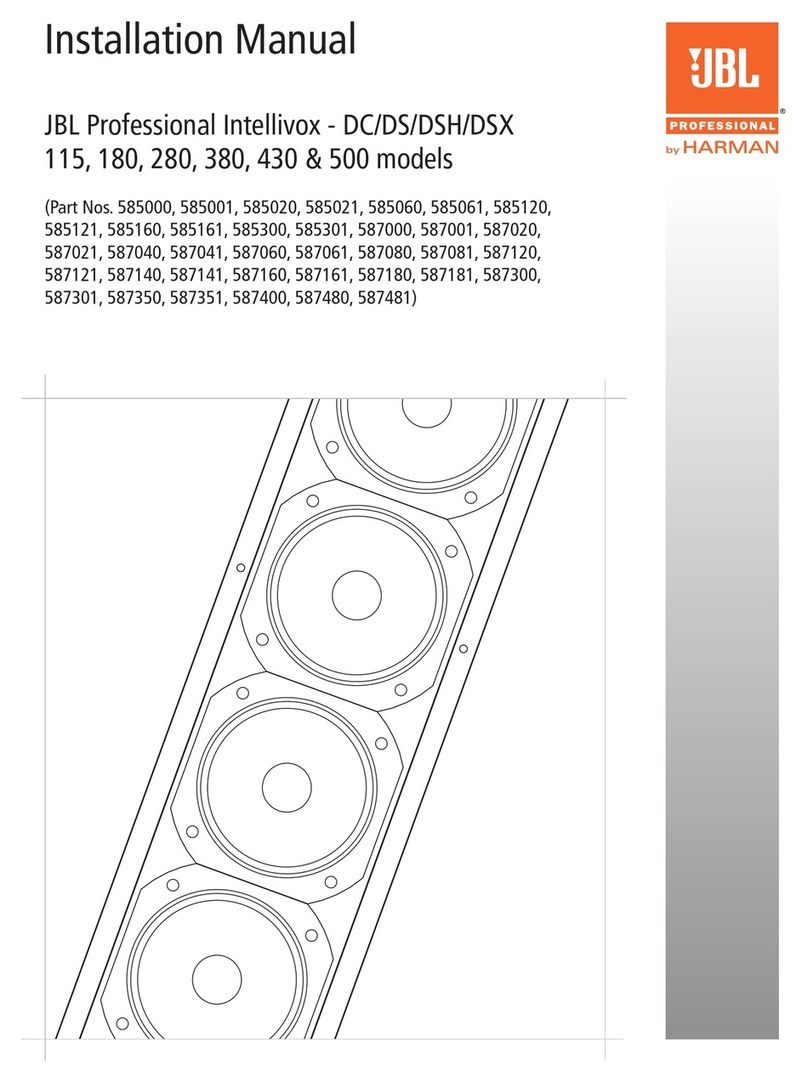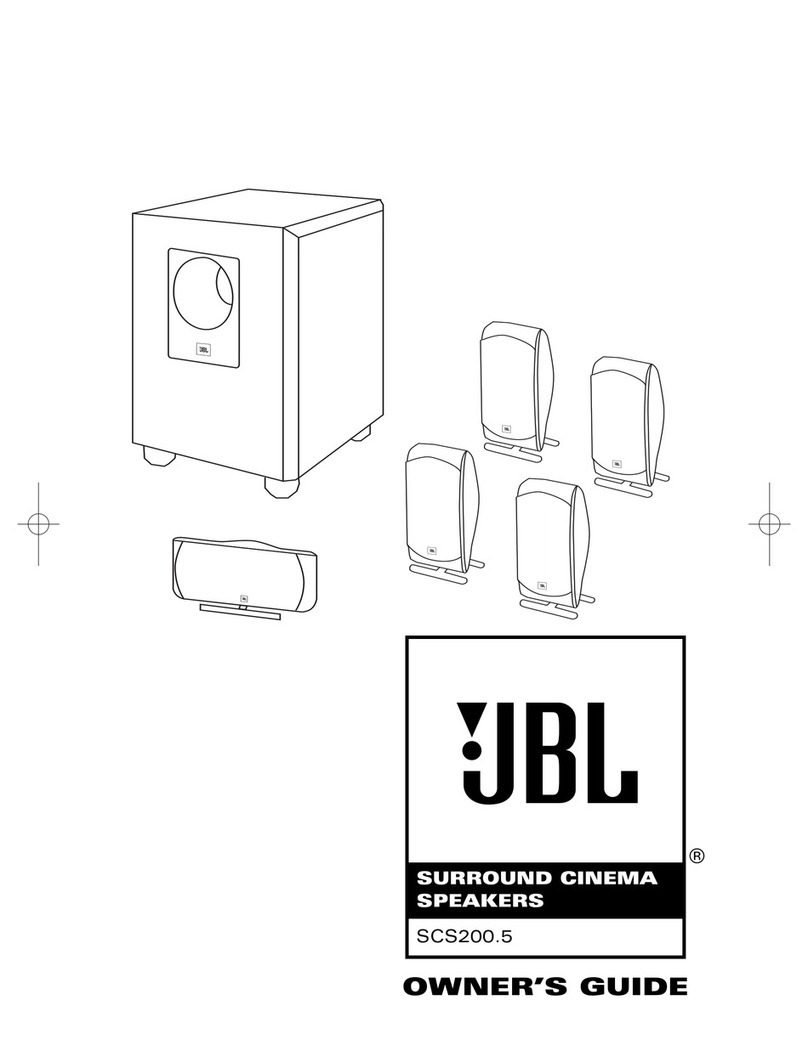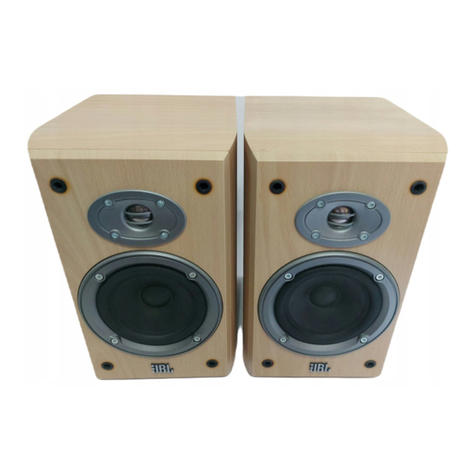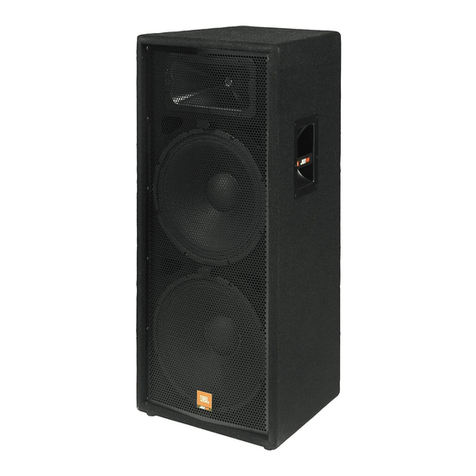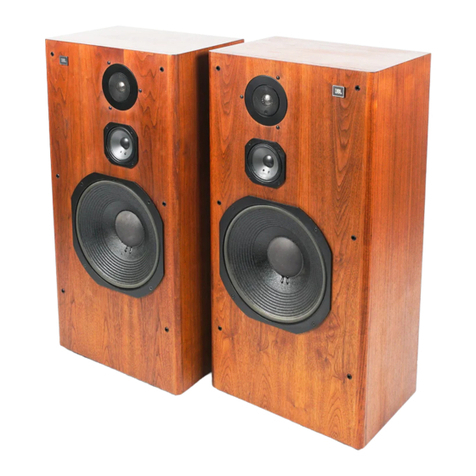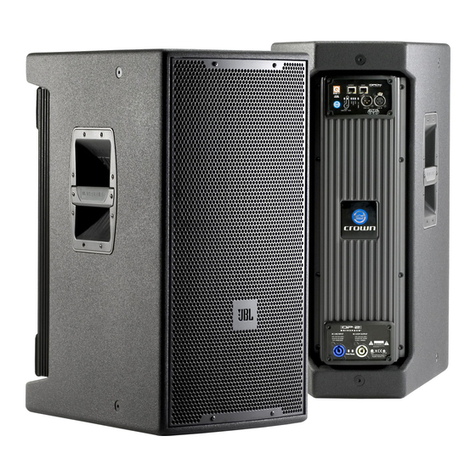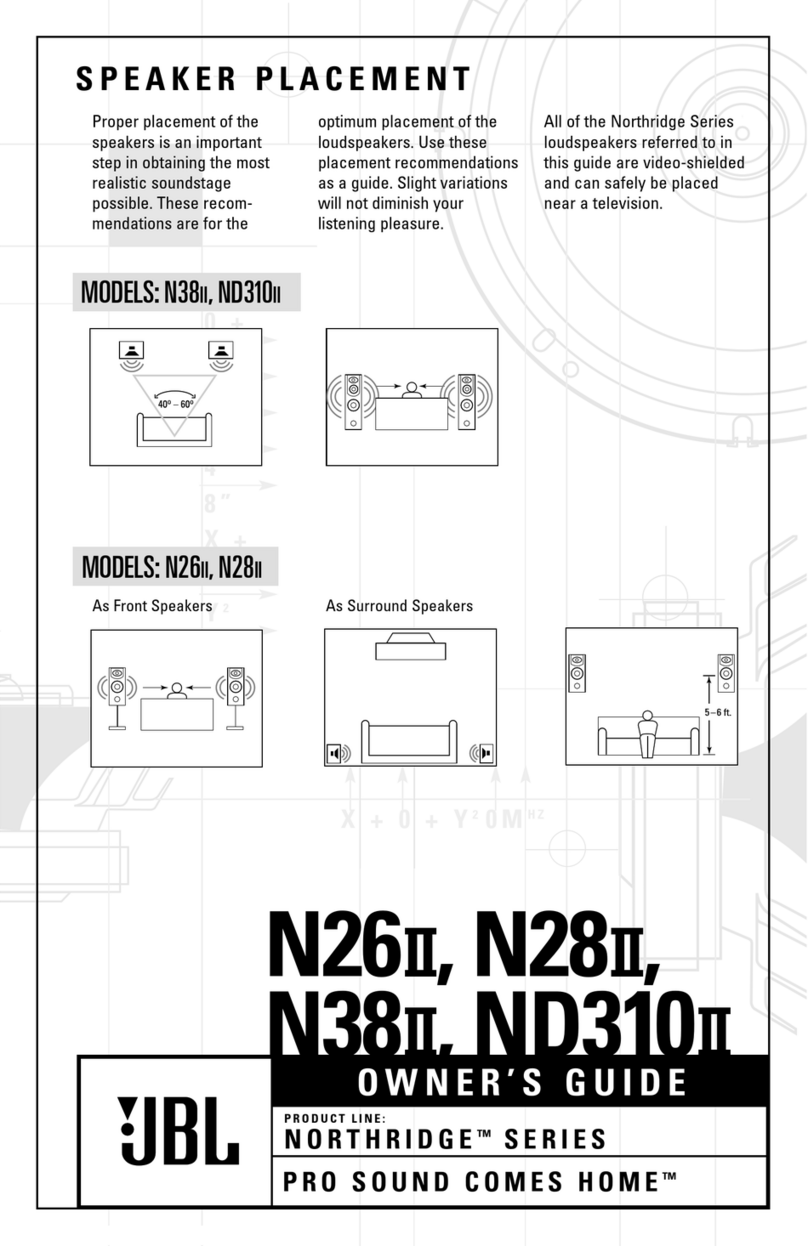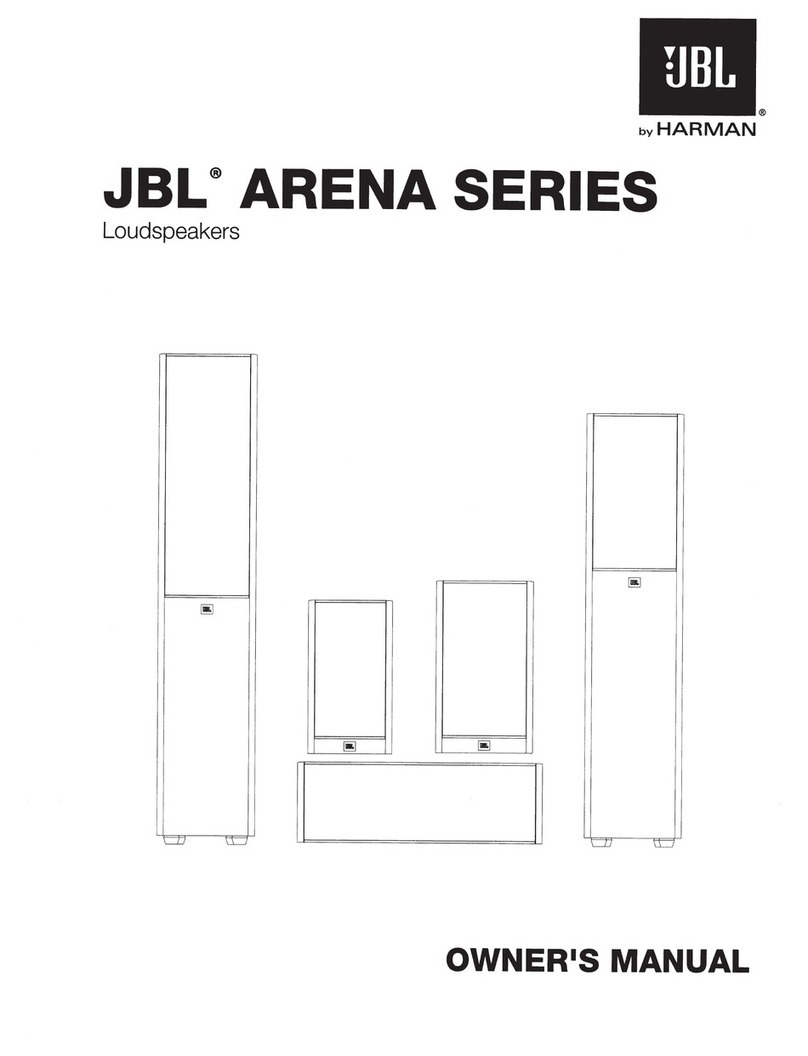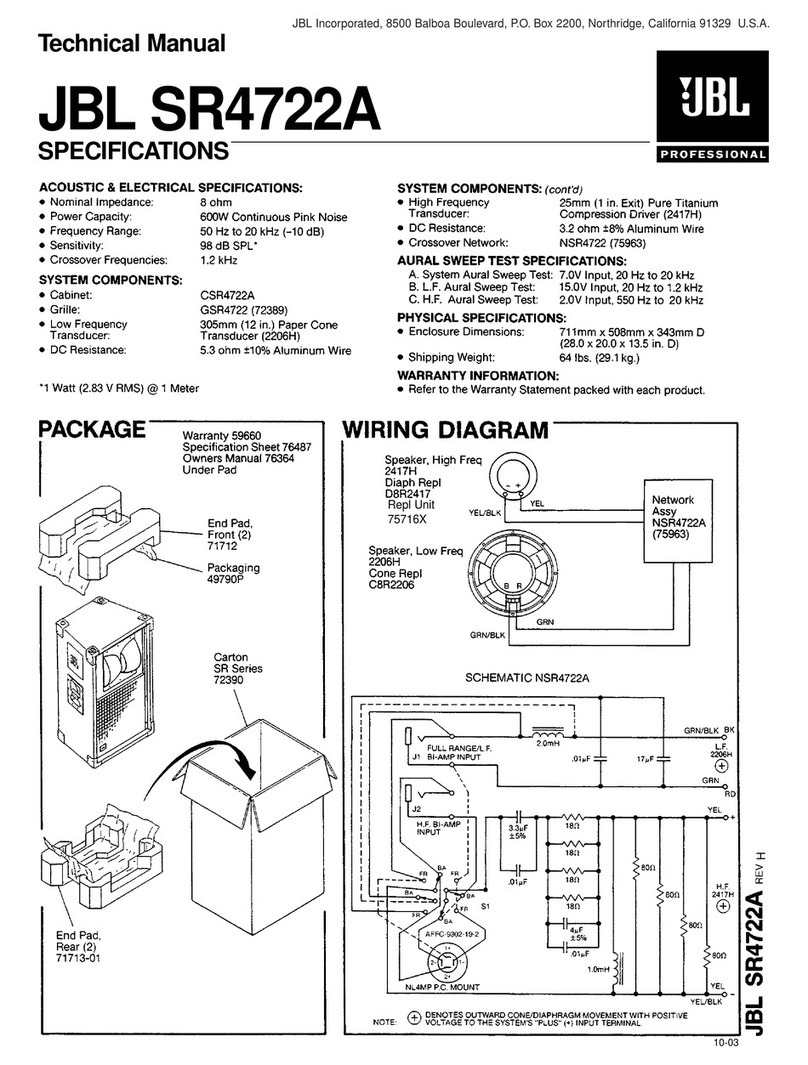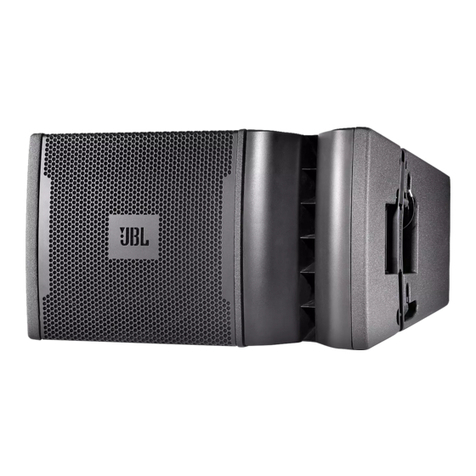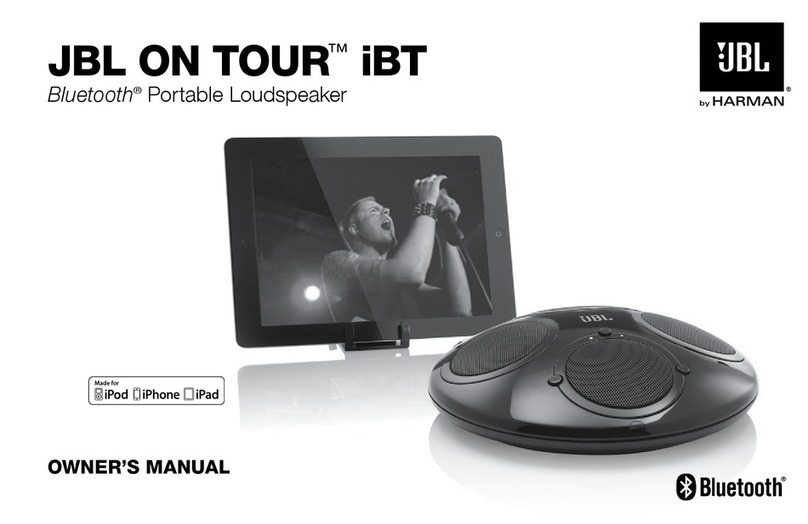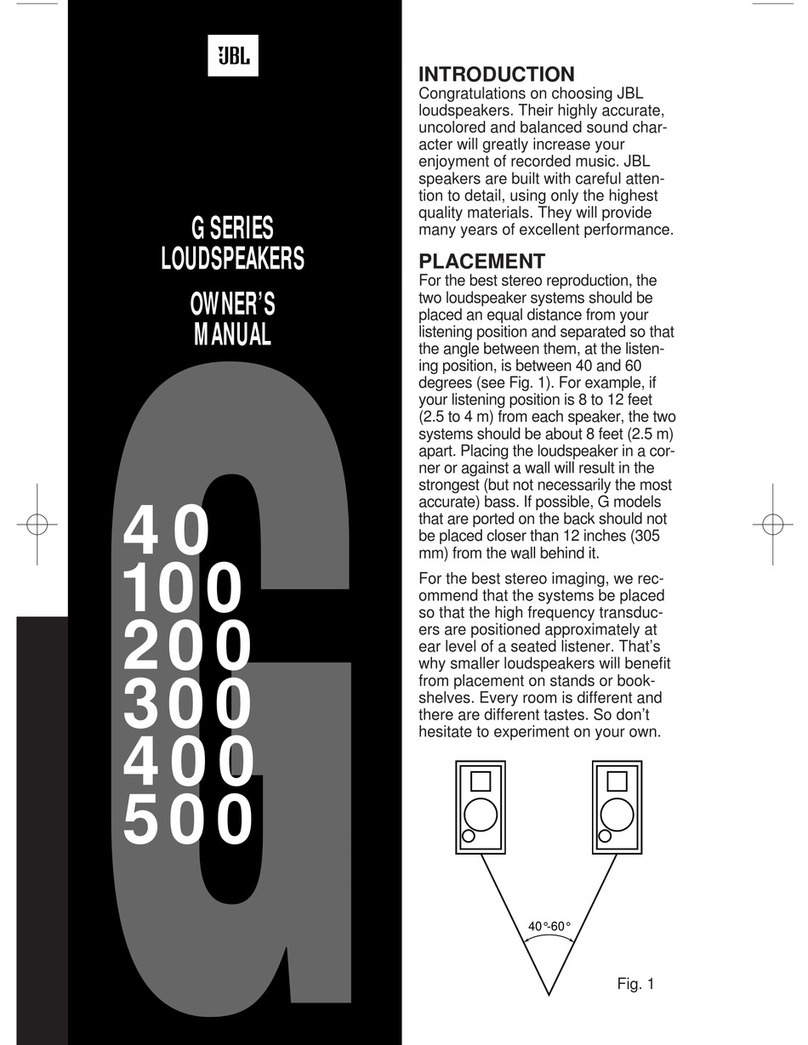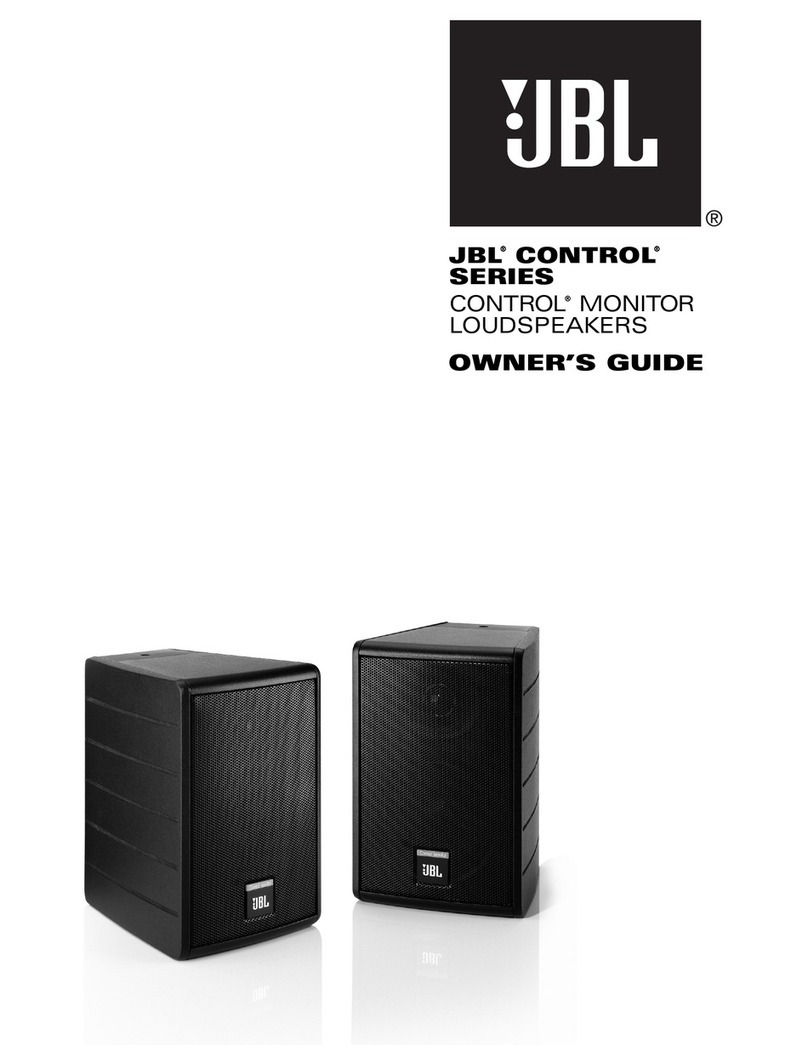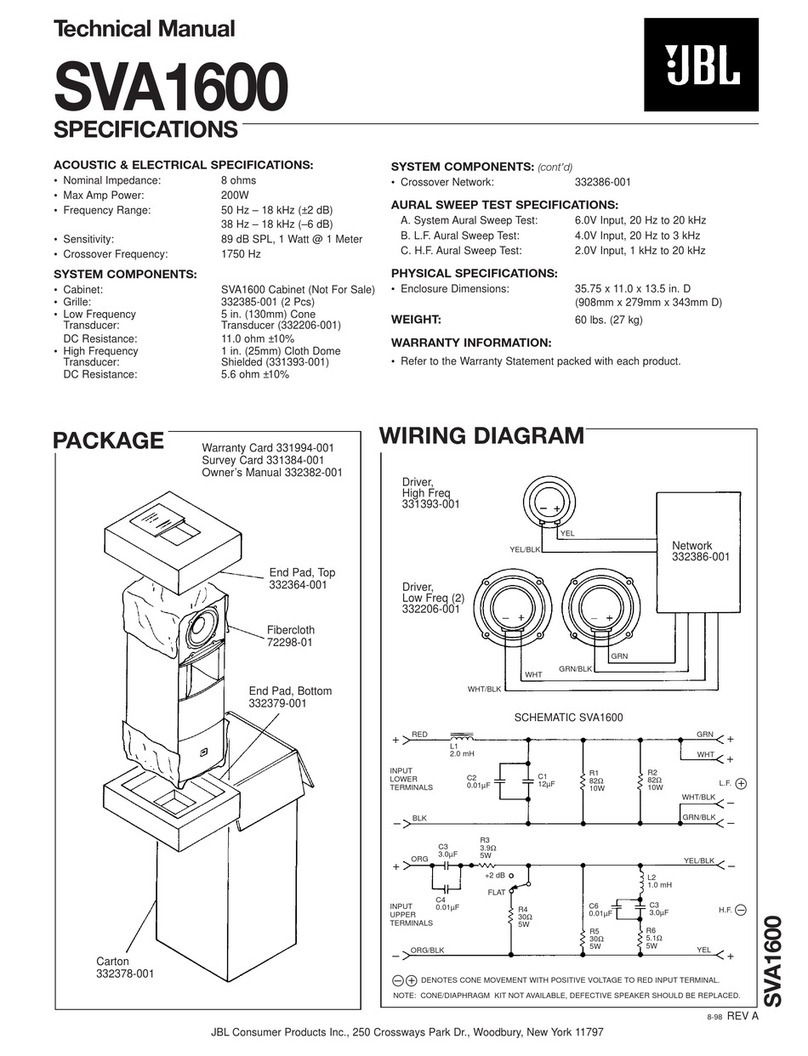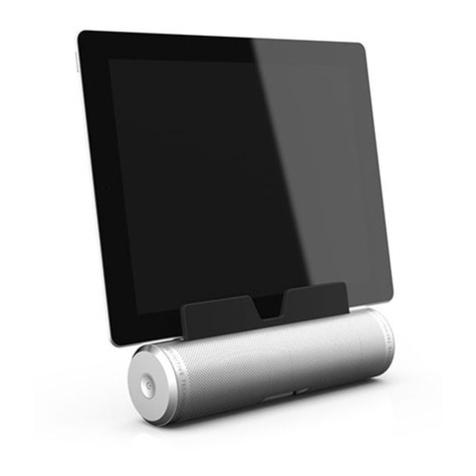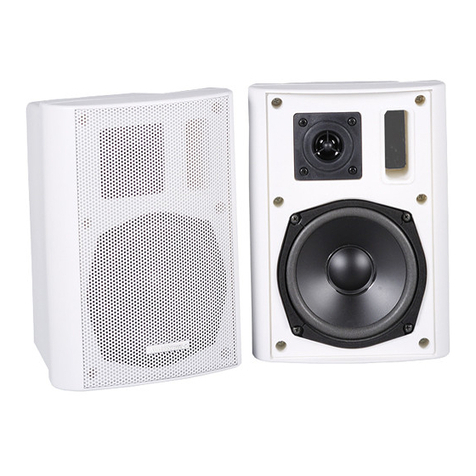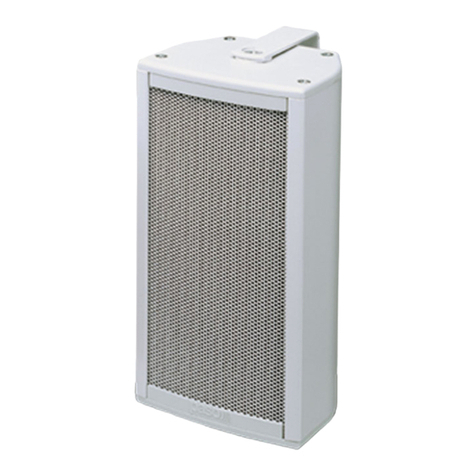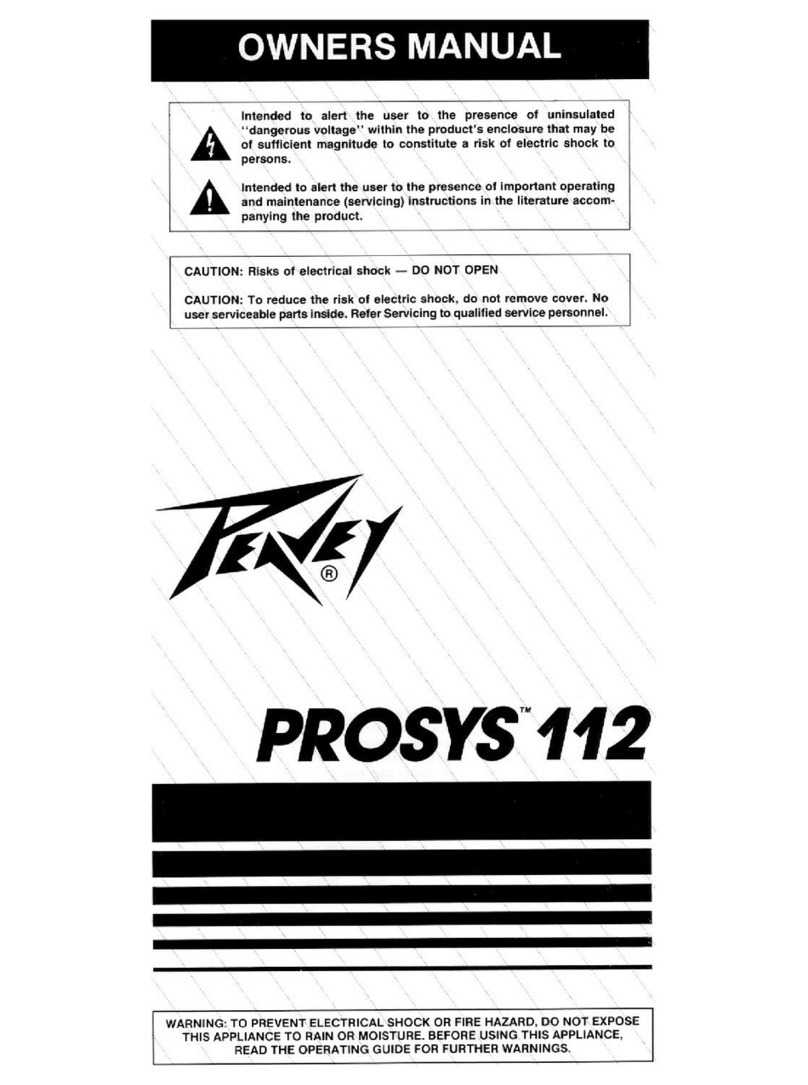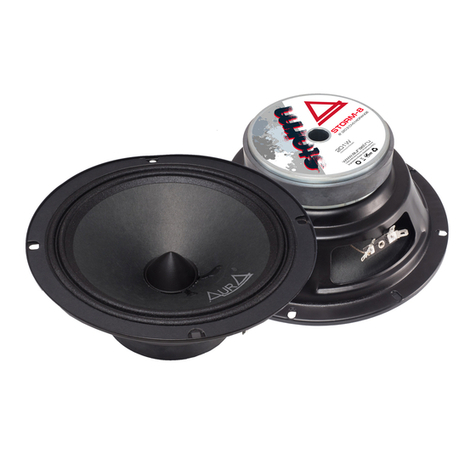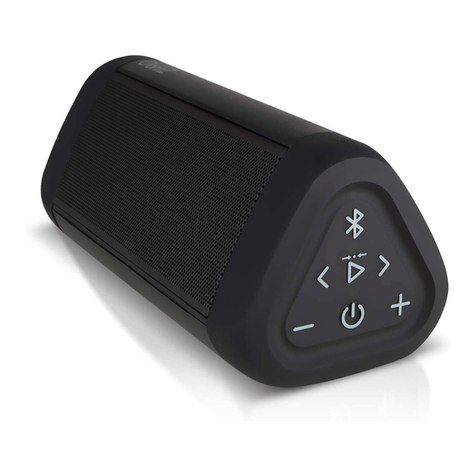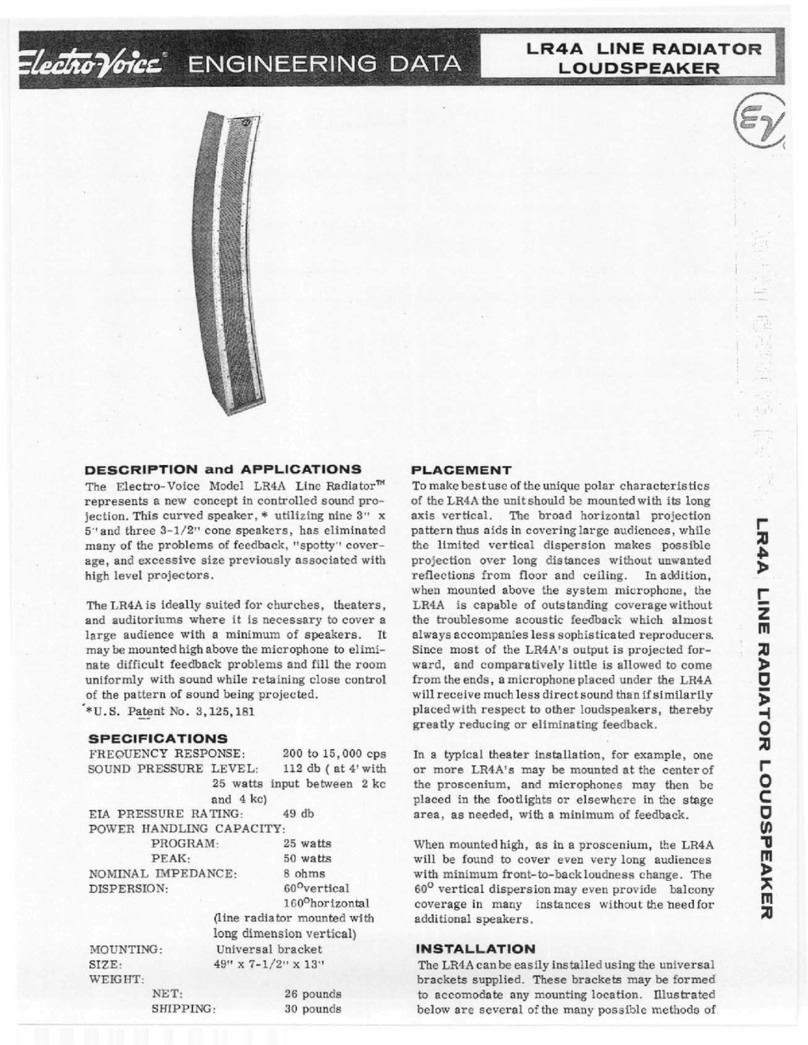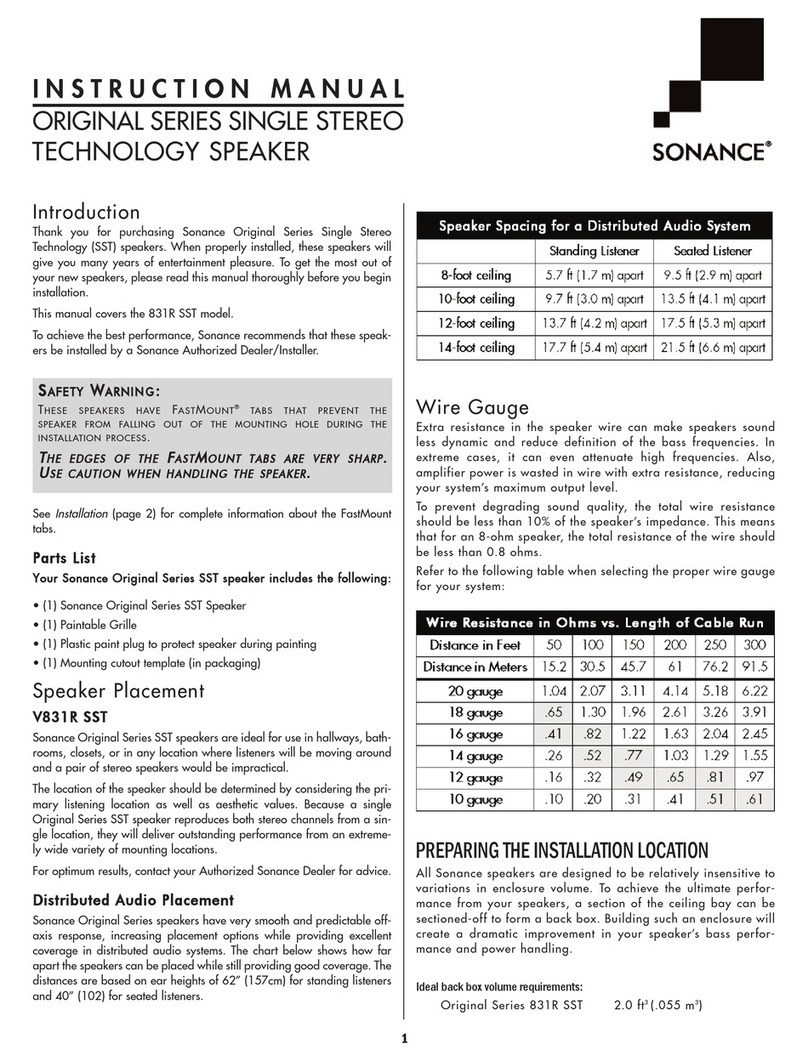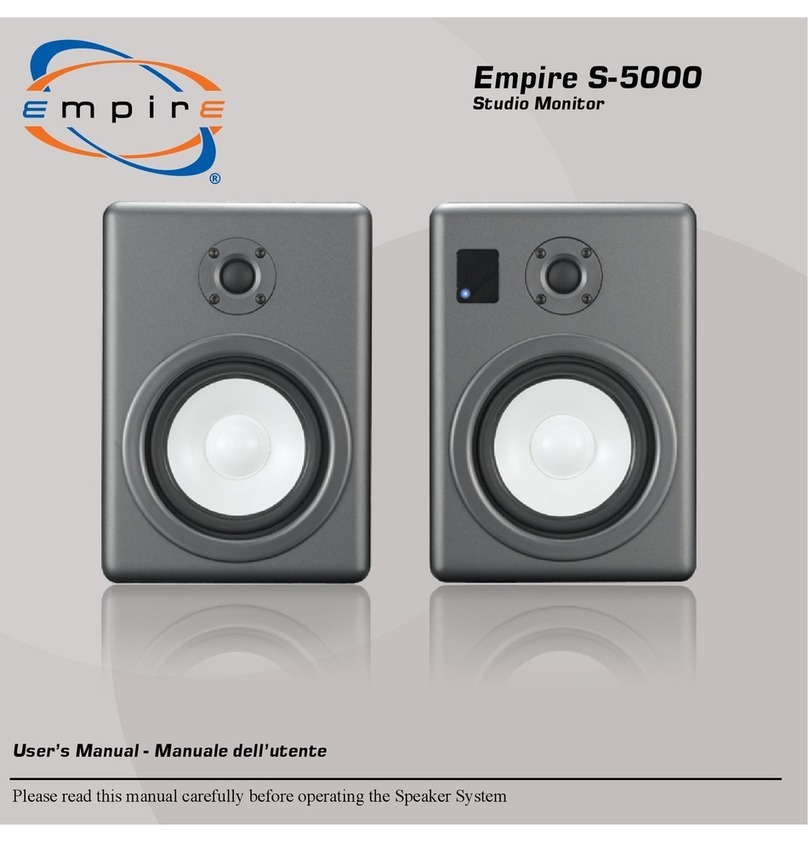If there is no sound from
any of the speakers:
•Check that receiver/
amplifier is on and that
a source is playing.
•Review proper operation
of your receiver/amplifier.
•Check all wires and con-
nections between receiver/
amplifier and speakers.
•Make sure all wires are
connected. Make sure none
of the speaker wires are
frayed, cut or punctured.
If there is no sound coming
from one speaker:
•Check the “Balance”
control on your receiver/
amplifier.
•Check all wires and
connections between
receiver/amplifier and
speakers. Make sure all
wires are connected. Make
sure none of the speaker
wires are frayed, cut or
punctured.
•In Dolby* Digital or DTS®
modes, make sure that the
receiver/processor is
configured so that the
speaker in question is
enabled.
If the system plays at low
volumes but shuts off as
volume is increased:
•Check all wires and
connections between
receiver/amplifier and
speakers. Make sure all
wires are connected. Make
sure none of the speaker
wires are frayed, cut or
punctured.
•If more than one pair of
main speakers is being
used, check the minimum
impedance requirements of
your receiver/amplifier.
If there is low (or no) bass
output:
•Make sure the connections
to the left and right “Speaker
Inputs”have the correct
polarity (+ and –).
•If a powered subwoofer is
being used, check the
manufacturer’s instructions
for proper use.
•If a subwoofer is being
used in Dolby Digital or DTS
mode, make sure your
receiver/processor is
configured so that the
subwoofer and LFE output
are enabled.
If there is no sound from
the surround speakers:
•Check all wires and con-
nections between receiver/
amplifier and speakers.
Make sure all wires are
connected. Make sure none
of the speaker wires are
frayed, cut or punctured.
•Review proper operation of
your receiver/amplifier and
its surround-sound features.
•Make sure the movie or TV
show you are watching is
CONNECTION TIPS
SPEAKER CONNECTIONS
TROUBLESHOOTING
Speakers and electronics
terminals have corre-
sponding (+) and (–)
terminals. It is important to
connect both speakers
identically: (+) on the
speaker to (+) on the
amplifier and (–) on the
speaker to (–) on the
amplifier. Wiring “out of
phase”results in thin sound,
weak bass and a poor
stereo image.
With multichannel surround-
sound systems, connecting
all of the speakers in your
system with the correct
polarity is important in order
to preserve the proper
ambience and directionality
of the program material.
